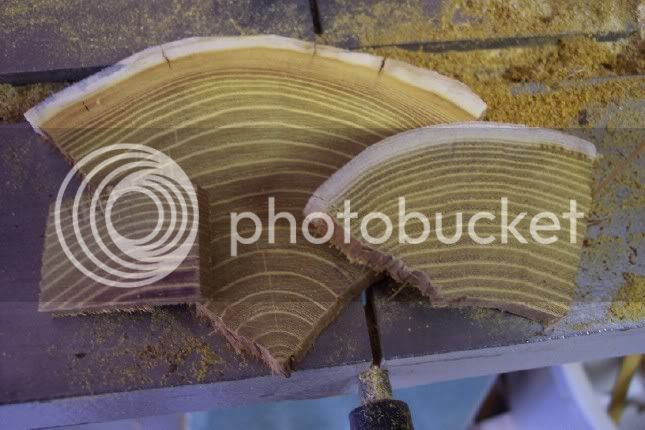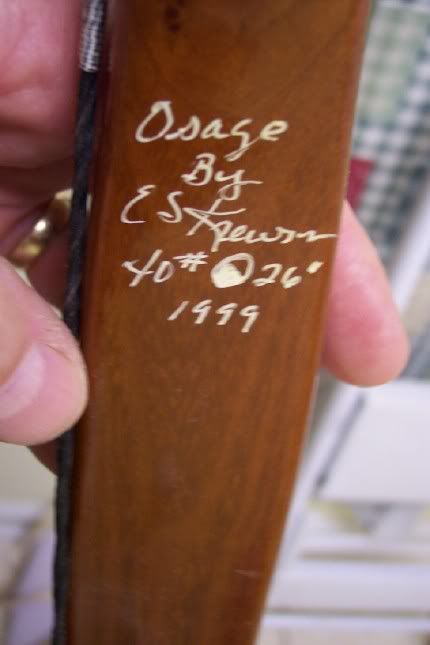When I lived in Indiana, there were a lot of Osage Orange trees growing in the area. It seemed that most of them were along old fence rows. Unfortunately, most were all gnarled and twisted and finding one that was straight enough to use for lumber was almost impossible. However, there was one saw mill operator in town that found usable trees somewhere and he would sell Osage Orange lumber from his mill. I only bought it once. I did not like working with it because the wood contains something that is an ugly pigment. The pioneers and Indians used Osage Orange wood chips to make dye. Anyway, the saw dust got all over my shop and I had a bunch of stuff that got some of the pigment on it. Once was enough.
Okay, back to question about using it for a ram rod. I'd say that since it is used as a bow wood, it would be pretty strong and would likely make a good rod. I don't care for the color, though. But, that is just a personal thing and has nothing to do with its usability as a rod wood.



